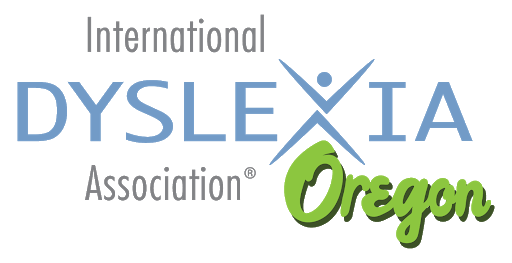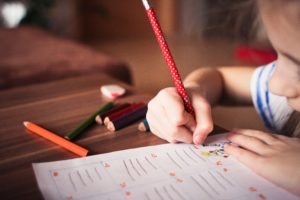What does it mean to have a “Specific Learning Disability (SLD)” in public school?
Many parents and guardians do not know exactly what this means. You are not alone! The term comes from the Individuals with Disabilities Education Act (IDEA) which requires public schools to provide special education and related services to eligible students.
According to the IDEA, “Specific Learning Disability means a disorder in one or more of the basic psychological processes involved in understanding or in using language, spoken or written, that may manifest itself in the imperfect ability to listen, think, speak, read, write, spell, or to do mathematical calculations, including conditions such as perceptual disabilities, brain injury, minimal brain dysfunction, dyslexia, and developmental aphasia. Specific Learning Disability does NOT include learning problems that are primarily the result of a visual, hearing, or motor disabilities, of intellectual disability, of emotional disturbance, or of environmental, cultural, or economic disadvantage.” IDEA Sec. 300.8 (c)(10)
So what does a Specific Learning Disability (SLD) have to do with Dyslexia?
Schools may use the broader label of SLD rather than the specific diagnostic term dyslexia. Parents and guardians should become familiar with the process in their state and district to understand the impact of their child’s eligibility determination. The bottom of this page has information about Oregon and Washington.
What about terms such as Dyslexia, Dysgraphia, and Dyscalculia? Can we use these terms in our IEP meetings and documents?
Yes! Here is the Department of Education guidance letter which states “OSERS [Office of Special Education and Rehabilitative Services] reiterates that there is nothing in the IDEA or our implementing regulations that would prohibit IEP Teams from referencing or using dyslexia, dyscalculia, or dysgraphia in a child’s IEP.” Read more and download this letter.
Here are 5 Questions Parents and Educators Can Ask to Start Conversations about the terms that will help describe your child’s needs.
WHAT NEXT?
➡ STEP 1: Understand which Learning Disability may apply to your child…refer here for the most common disabilities that are classified under SLD (per LDA)
- Dyslexia
- Dyscalculia
- Dysgraphia
- Non-Verbal Learning Disabilities
- Oral / Written Language Disorder and Specific Reading Comprehension Deficit
➡ STEP 2: Learn more about the Learning Disability and find professionals to help you and/or make a more detailed diagnosis Click here for more information
➡ STEP 3: Work with the school to address your child’s specific needs.
Note – some families have found private tutors bridge the gap in school education for their children. Click here for our Local Provider Directory
Oregon State Department of Education defines SLD as this:
Specific Learning Disability
(J) “Specific Learning Disability” means a disorder in one or more of the basic psychological processes involved in understanding or in using language, spoken or written, which may manifest itself in an imperfect ability to listen, think, speak, read, write, spell or do mathematical calculations. Specific learning disability includes conditions such as perceptual disabilities, brain injury, dyslexia, minimal brain dysfunction, and developmental aphasia. The term does not include learning problems that are primarily the result of visual, hearing, or motor disabilities, intellectual disability, emotional disturbance, or environmental, cultural, or economic disadvantage.
See Oregon Department of Eduction – Dyslexia
Washington State defines SLD as this:
Specific learning disability—Determination.


